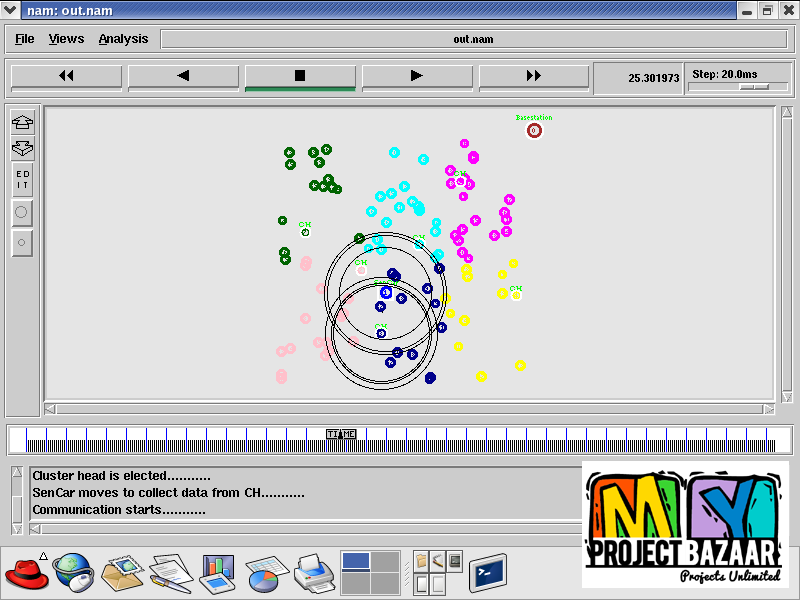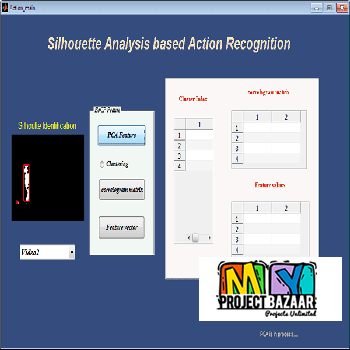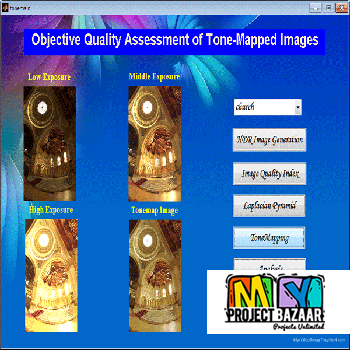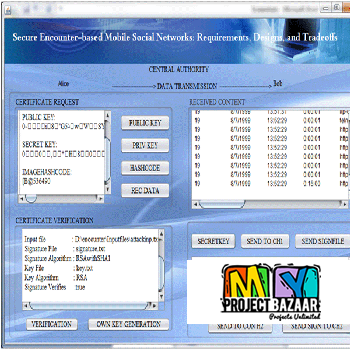
Mobile Data Gathering with Load Balanced Clustering and Dual Data Uploading in Wireless Sensor Networks
Product Description
Mobile Data Gathering with Load Balanced
Clustering and Dual Data Uploading in Wireless
Sensor Networks
Abstract—Mobile Data Gathering with Load Balanced
Clustering and Dual Data Uploading in Wireless Sensor Networks. A three-layer framework is proposed for mobile data collection in wireless sensor networks, which includes the sensor layer, cluster head layer, and mobile collector (called SenCar) layer. The framework employs distributed load balanced clustering and dual data uploading, which is referred to as LBC-DDU. The objective is to achieve good scalability, long network lifetime and low data collection latency. At the sensor layer, a distributed load balanced clustering < Final Year Projects 2016 > LBC algorithm is proposed for sensors to self-organize themselves into clusters. In contrast to existing clustering methods, our scheme generates multiple cluster heads in each cluster to balance the work load and facilitate dual data uploading. At the cluster head layer, the inter-cluster transmission range is carefully chosen to guarantee the connectivity among the clusters. Multiple cluster heads within a cluster cooperate with each other to perform energy-saving inter-cluster communications. Through inter-cluster transmissions, cluster head information is forwarded to SenCar for its moving trajectory planning. At the mobile collector layer, SenCar is equipped with two antennas, which enables two cluster heads to simultaneously upload data to SenCar in each time by utilizing multi-user multiple-input and multiple-output (MU-MIMO) technique. The trajectory planning for SenCar is optimized to fully utilize dual data uploading capability by properly selecting polling points in each cluster. By visiting each selected polling point, SenCar can efficiently gather data from cluster heads and transport the data to the static data sink. Extensive simulations are conducted to evaluate the effectiveness of the proposed LBC-DDU scheme. The results show that when each cluster has at most two cluster heads, LBC-DDU achieves over 50 percent energy saving per node and 60 percent energy saving on cluster heads comparing with data collection through multi-hop relay to the static data sink, and 20 percent shorter data collection time compared to traditional mobile data gathering
Including Packages
Our Specialization
Support Service
Statistical Report

satisfied customers
3,589
Freelance projects
983
sales on Site
11,021
developers
175+Additional Information
| Domains | |
|---|---|
| Programming Language |
Would you like to submit yours?


















There are no reviews yet